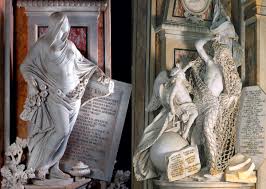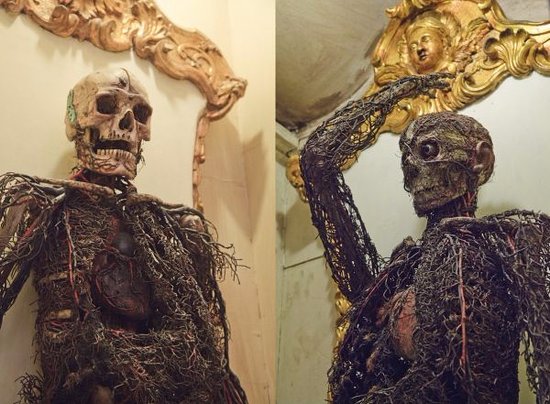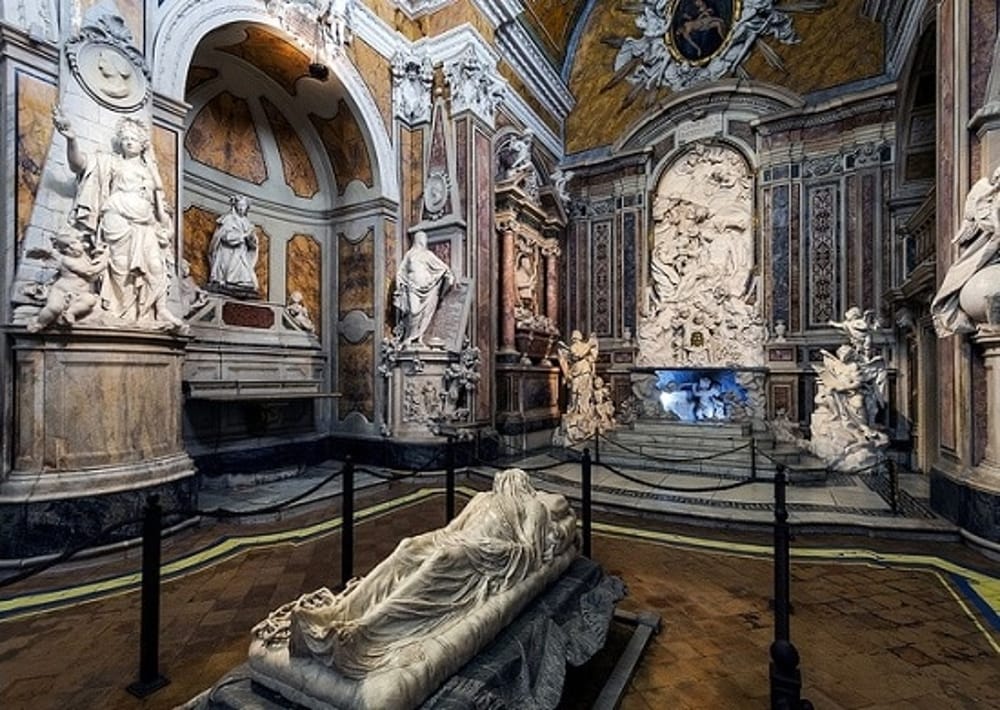Naples, evening of March 22, 1771.
The most mysterious character of the Italian eighteenth century dies. There are those who swear that even today, almost two hundred and fifty years after his death, when his name is pronounced, it is necessary to make the sign of the cross to chase away the fear that the deplorable actions of this man still inspire.
Discovering one of the most mysterious and art-rich places in Naples
His tombstone remembers him like this: "Extraordinary man predisposed to all the things he dared to undertake [...] famous investigator of the innermost mysteries of Nature". Philosopher, astronomer, poet, writer, inventor, magician, scientist, alchemist. A precursor of the times, a mad scientist, a genius, an evil sorcerer. A controversial figure: seen by the people as an unscrupulous man, willing to perform diabolical gestures and to use poor people as guinea pigs for his experiments, today history remembers him as an intellectual obsessed with the pursuit of immortality through prodigious scientific discoveries and artistic.
There is talk of Raimondo di Sangro, Prince of Sansevero and first Grand Master of Neapolitan Freemasonry. Of the one who gave the world the famous Sansevero Chapel, guardian of the even more famous Veiled Christ and other masterpieces worthy of representing an excellence of Neapolitan art and beyond.
The numerous souls of the Prince merge precisely in the Sansevero Chapel. The result is a small baroque jewel: frescoes - whose colors have been preserved extraordinarily alive - statues, stuccos, marbles and gold. Everything has its own precise meaning, a message that has remained unchanged over time, and this is what makes it an enigmatic place that captivates the eyes and soul of anyone who sets foot there.
The masterpieces of the Sansevero Chapel

Upon entering, the Veiled Christ it is the first work that captures the view. The Prince asked Giuseppe Sanmartino, a young Neapolitan artist, to create "a life-size carved marble statue, representing Our Lord Jesus Christ dead, covered by a transparent shroud made from the same block as the statue". The result was extraordinary: the veil has such a realistic appearance that over the centuries it has fueled numerous legends about how such a delicate and elegant effect could have been achieved. Many, in fact, believed that its transparency was the result of an alchemical process of "marbling" carried out by the Prince himself.

The other two statues - Pudiance and Disillusion - were commissioned by the Prince in memory of the parents: the mother died prematurely at less than one year of age of her son and the father, who was widowed, entrusted the child to his grandfather.
The first depicts a naked woman, covered only by a veil - referring to the veiled Masonic goddess Isis - and leaning against a broken tombstone; the symbolism is important: the tombstone represents not only the early death of the "incomparable mother" Cecilia Gaetani, but also the dream of many alchemists and by which Raimondo was obsessed, that of defeating death by creating an elixir of long life.
The statue of Disillusion is equally suggestive and represents a man struggling to free himself from a network: it is an invitation to free himself from all preconceptions to better understand the alchemical and esoteric secrets, rising to a higher spiritual level. Here too the eye is struck by the way in which the net envelops the body and yet does not merge with it.
The Fenice Apartment

Last but not least, it is absolutely necessary to visit the Appartamento della Fenice, an oval crypt which is accessed by a steep spiral staircase. Inside, they are as magnificent as they are terrifying, real and true Anatomical Machines. These are the bodies of a man and a woman literally withering away, leaving veins and arteries intact. Today, after more than two centuries, the procedure by which the Prince, supported by the Palermo doctor Giuseppe Salerno, was able to crystallize the entire circulatory system of the two guinea pigs has not yet been ascertained: it is suspected that they were subjected to the experiment when they were still alive. Even more impressive is that the woman was pregnant, which can be found in the remains of a fetus at her feet. It is said that the prince kidnapped the poor who wandered through the alleys of Napoli or, as supposed in this case, the servants who worked in the palace to use them as guinea pigs. It is difficult to trace, despite so much time having passed, the profile of an individual who looks like a bizarre mixture composed of the genius of Leonardo and the frantic desire to defeat the death of a real Doctor Frankenstein.
What is certain, however, is that entering this narrow space full of works of art, one has the sensation of being almost assailed by beauty, a beauty that cannot be escaped. The works visible inside the chapel are not limited to giving an aesthetic pleasure, but leverage on a more intense level of emotion: wonder.
Wonder that offers a perfect fusion of artistic skill and scientific research, esotericism and legend. And that perhaps he gave the Prince of Sansevero and the work to which he dedicated his life, which now has hundreds of thousands of visitors a year, the much desired immortality.





